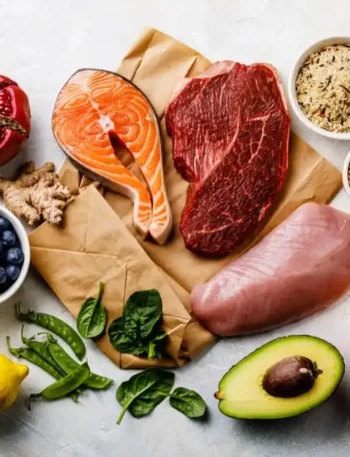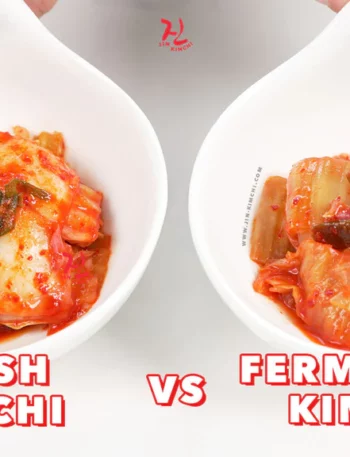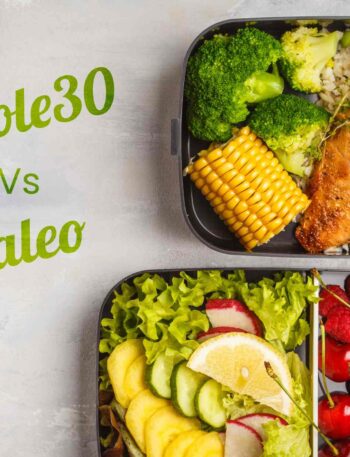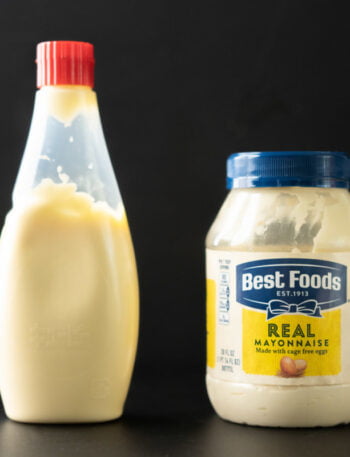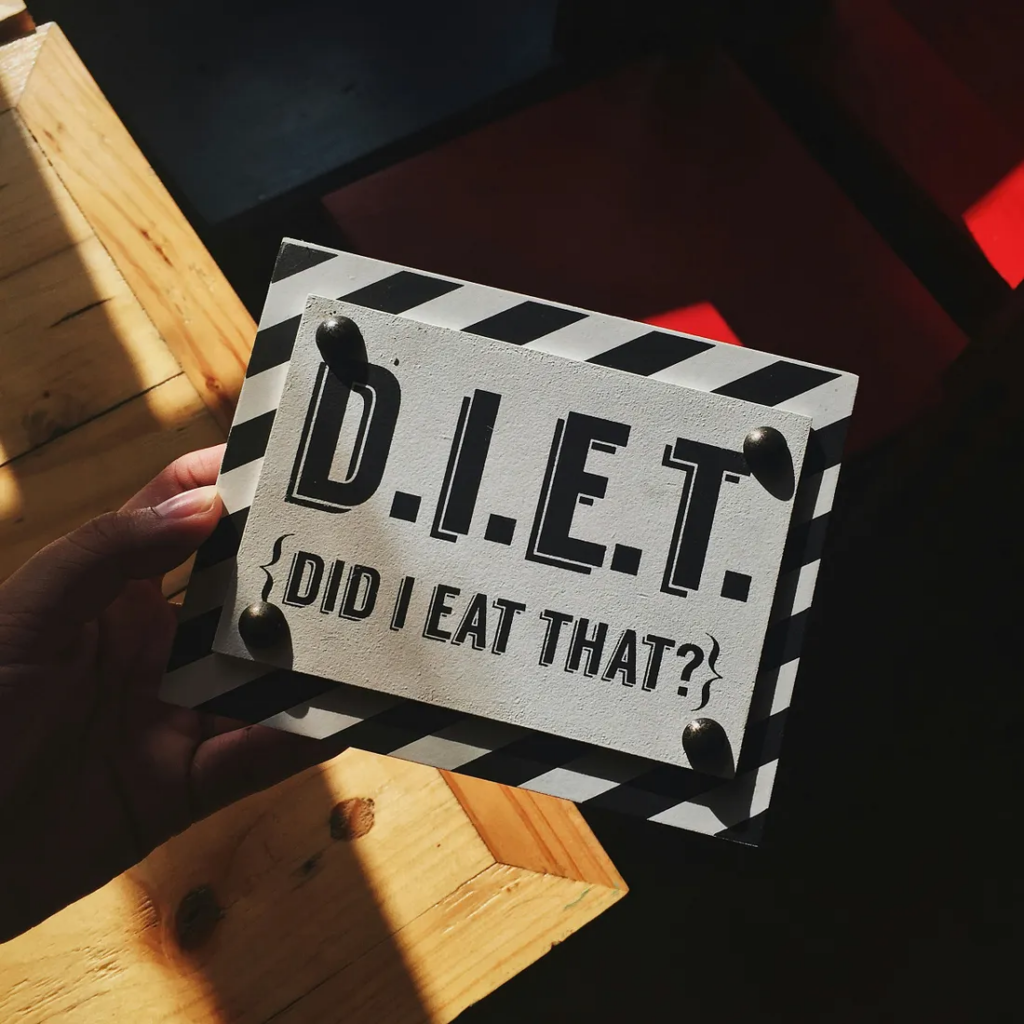
Look, I get it.
You’ve swapped out the potato chips for veggie sticks, traded sugary sodas for sparkling water, and that candy stash in your drawer? Gone. You’ve made all the “healthy” swaps, yet somehow, the scale refuses to budge.
You’re stuck, frustrated, and starting to wonder if all those so-called “good-for-you” snacks aren’t as angelic as they seem.
I’ve been there too — trying to stick to the “good” snacks while fighting that stubborn weight. But, as it turns out, some of these “healthy” options may have more in common with the candy aisle than we think.
And it’s not just a calorie issue; there’s a whole lot more happening behind the scenes in our bodies, from how our hunger hormones react to how we process nutrients. So, let’s dig into why these “healthy” snacks might be sabotaging your weight loss journey — and how you can start snacking smarter.
When “Healthy” Isn’t Really Healthy
We’re all familiar with the “diet-friendly” aisle in the grocery store: granola bars, low-fat yogurt, protein shakes, dried fruit, and that ever-deceptive trail mix. But here’s the kicker — just because a snack is labeled “organic,” “all-natural,” or “fat-free” doesn’t make it the magic bullet for weight loss.
In fact, these labels can trick us into thinking we’re munching on something harmless, while they’re secretly loaded with added sugars, artificial sweeteners, and empty calories.
Take yogurt, for example. I once believed a little low-fat yogurt was the perfect go-to snack for beating the 3 p.m. energy dip. Turns out, I was essentially eating dessert.
Most flavored yogurts are spiked with added sugars that sneakily add up, often without providing the same fullness or nutrient-dense payoff as a handful of nuts or a piece of fruit. By the time I finished that small cup, my blood sugar had spiked, and a half-hour later, I was even hungrier than before.
Sugar, The Silent Saboteur
Let’s face it — sugar is sneaky. It hides in places you’d never expect, especially in foods marketed as healthy. Granola bars, for instance, often feel like a wholesome, convenient option, but many are packed with high-fructose corn syrup, honey, or other sweeteners that can derail your weight-loss efforts.
Even dried fruit, while seemingly innocent, can be a sugar bomb, especially if you’re not careful about portion sizes.
Think of it this way: eating dried mango is like snacking on candy disguised as fruit. It might give you a quick burst of energy, but it won’t keep you full for long, and that sugar rush often leads to more cravings later on.
The spike and crash cycle of sugary snacks can keep your body in a perpetual state of hunger, making it nearly impossible to stick to a calorie deficit. Remember, the goal is to snack smarter, not sweeter.
When Labels Lie
Ever heard the saying, “Don’t judge a book by its cover”? Well, it couldn’t be more accurate when it comes to food labels. Manufacturers are crafty — throw a few buzzwords like “keto-friendly” or “low-fat” on the package, and suddenly we’re sold.
The problem is, “low-fat” often means loaded with sugar to make up for the taste, and “high-protein” snacks can still be ultra-processed and packed with artificial ingredients.
Protein bars are a great example. I went through a phase where I relied on protein bars for everything — pre-workout, post-workout, even as dessert.
But the reality is that most protein bars are closer to candy bars than real food. They might have a decent protein punch, but they’re also pumped full of additives and, yes, sugar, which can add up fast.
When in doubt, go back to basics. If a snack needs a long ingredient list, it might not be as healthy as it claims. Real, whole foods — like a handful of almonds or a piece of fresh fruit — might seem boring, but they’re far less likely to mess with your metabolism or keep you craving more.
The Problem with Portion Control (Or, How Nuts and Hummus Fooled Me)
Even genuinely healthy snacks can work against your weight loss goals if portion control goes out the window. Nuts, for instance, are a great source of healthy fats, protein, and fiber. But those little handfuls add up, and before you know it, you’re downing 500 calories’ worth of almonds while scrolling through Instagram.
Trust me, I’ve been there. Hummus was another one of my go-to snacks until I realized that a few scoops turned into a quarter of the tub — along with way more calories than I intended.
The same goes for other healthy fats like avocados and nut butters. They’re absolutely nutritious, but if you’re not careful with portion size, they can quickly add a calorie load you weren’t expecting.
Smart Snacking Tips That Work
So, how do we break free from these snack traps and actually start making progress? Here are a few tips that helped me regain control over my snacking:
- Read the Fine Print: Don’t just glance at the calories or the buzzwords on the label — check out the ingredients list. Look out for sneaky sugars, artificial additives, and high-calorie fillers.
- Prioritize Protein and Fiber: These two are your best friends when it comes to feeling full. Protein takes longer to digest, and fiber slows down how fast food passes through your gut, keeping hunger at bay. Think Greek yogurt (the plain kind), hard-boiled eggs, or veggies with guacamole instead of crackers or dried fruits.
- Mind Your Portions: Get familiar with what a single serving actually looks like. For example, a serving of nuts is about a small handful, not half the bag. Use measuring cups or pre-portion snacks when you’re home to avoid accidental overeating.
- Choose Whole Over Processed: Opt for snacks with as few ingredients as possible. An apple, some carrots with hummus, or a handful of berries won’t trick your brain or spike your blood sugar like processed “diet” snacks can.
- Listen to Your Body: Often, we snack out of habit or boredom rather than actual hunger. Ask yourself, “Am I really hungry?” before grabbing a snack. It’s surprising how often a glass of water or a quick walk is all you need to fight that urge.
So, Why Is This Important?
Healthy snacking isn’t just about what we eat — it’s about how it makes us feel and fuels our day. When we feel full and satisfied, we’re more likely to stick to our goals. When our snacks mess with our blood sugar or leave us craving more, the entire plan can unravel.
Our bodies are like well-oiled machines, and they deserve the good stuff — the real stuff. While it’s tempting to reach for convenient “healthy” snacks that promise the world, sometimes, the old saying holds true: “If it seems too good to be true, it probably is.”
Choose wisely, stay mindful, and you’ll find that your body will thank you with the progress you’ve been chasing.
And remember, if it was easy, everyone would do it. Healthy eating and weight loss aren’t just about choices — they’re about understanding how those choices affect us from the inside out.


